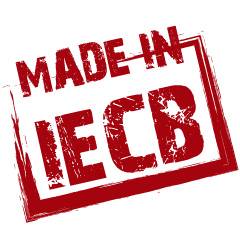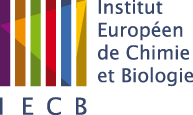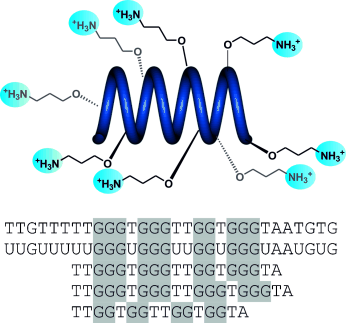| Foldaptamer: a new molecule "made in IECB" |

Foldaptamer: a new molecule "made in IECB" A novel kind of molecule has been assembled at the IECB in the context of an interdisciplinary collaboration: foldaptamers. The IECB teams of Ivan Huc (biomimetic chemistry) Jean-Jacques Toulmé (molecular biology) have indeed demonstrated in Angewandte Chemie International Edition that it is possible to combine a foldamer with an aptamer. On the one hand, the team of Ivan Huc (CBMN UMR5248), internationally recognized for its expertise in the chemistry of foldamers - synthetic compounds designed to mimic the ability of natural molecules to fold into well-defined conformations. On the other hand, the group of Jean-Jacques Toulmé (U869), which assembled in 2005 the first French automated platform for the production of aptamers - small strands of oligonucleotides selected for their high affinity with a given target. In 2007, the two IECB groups set up a joint research project which was approved and funded by the French National Agency for Research (ANR).
For now, researchers have shown in Angewandte Chemie International Edition that it is possible to form a hybrid foldamer-aptamer structure. But the project was not a foregone conclusion. "Ivan Huc proposed a foldamer consisting of eight units, each one carrying a positive charge. Our aptamers can be considered as pearl necklaces, with each pearl negatively charged. This magnet system is convenient, but it does not guarantee specific interactions. We wanted a happy marriage" Jean-Jacques Toulmé highlights. Through a combinatorial approach, researchers were able to identify, among 100, 000 billion candidates, the aptamers that specifically bind to the foldamer produced by Ivan Huc. "Aptamers are so specific that they are able to distinguish whether the foldamer helices turn left or right! We also found that the selected aptamers were composed of quadruplex structures, the field of expertise of another project manager of the IECB: Jean-Louis Mergny. We therefore have all the elements on the table to advance this new field of research" concludes Ivan Huc. . |
2, Rue Robert Escarpit - 33607 PESSAC - France
Tel. : +33 (5) 40 00 30 38 - Fax. : +33 (5) 40 00 30 68


 "We wanted a happy marriage"
"We wanted a happy marriage"

